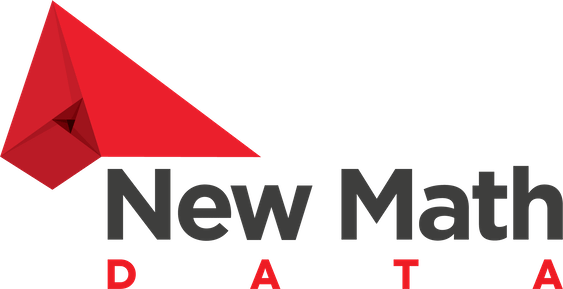Agentic AI Fundamentals
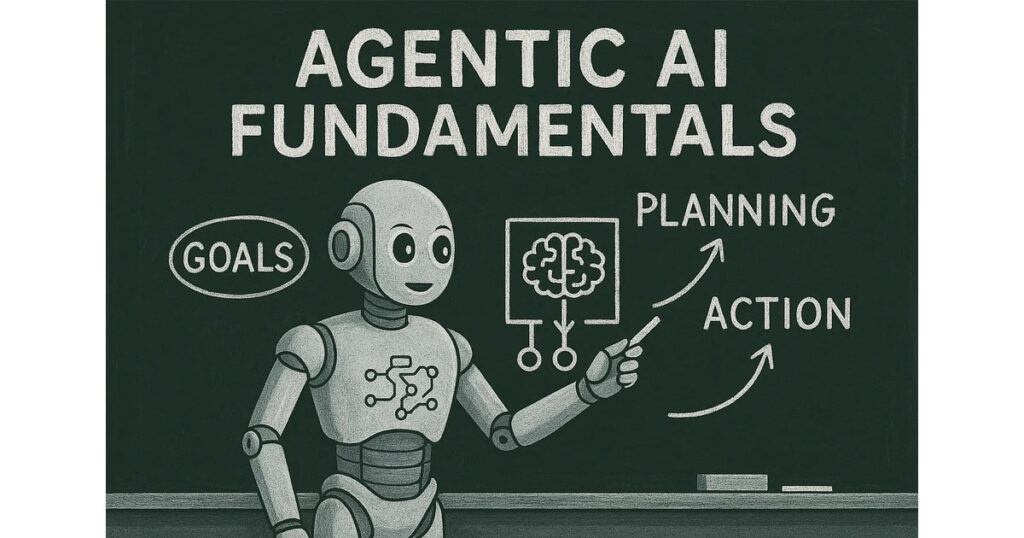
Understanding Core Concepts of Agentic AI A core challenge in Artificial Intelligence (AI) is reasoning under uncertainty. Historically, AI models were used transactionally for well-defined objectives. However, with the emergent knowledge and reasoning capabilities of Large Language Models (LLMs) attained over the last decade, even more complex and open-ended problems can now be solved autonomously. […]
Cursor Development 201
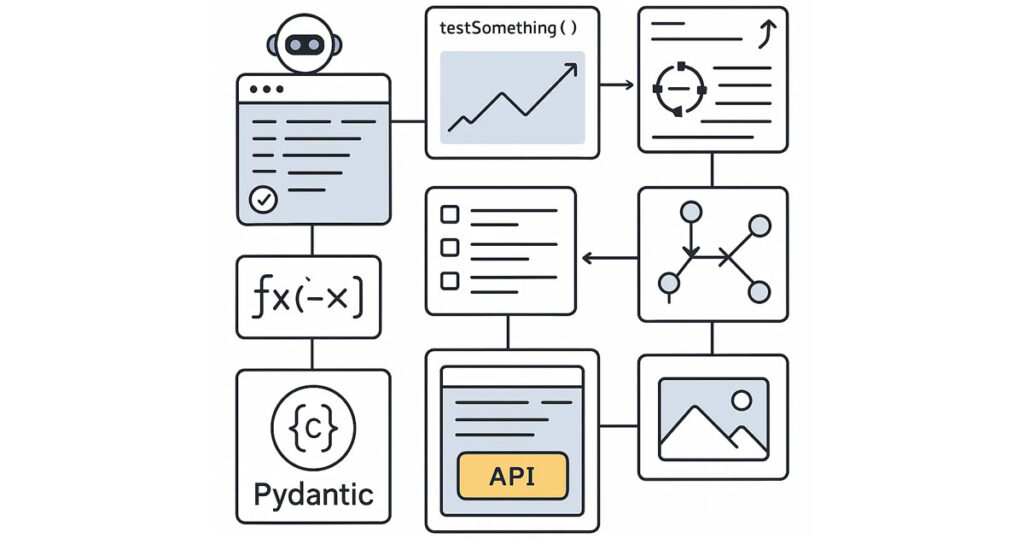
A Practical Guide to Building Robust, AI-Accelerated Software Workflows in Cursor Cursor is not just an IDE with AI bolted on — it is a development environment designed around the assumption that AI will participate directly in the coding loop. This shifts the role of the engineer from sole author to technical director: you shape the […]
REST vs GraphQL: The debate your 100-user CRUD app doesn’t need

You’ve finally got that million-dollar app idea. You’ve picked your database, you’ve picked your frontend framework, and now you need to build an API to serve the data. Every tech blog, podcast, and YouTube video you consume expounds the modernity and virtues of GraphQL. It’s flexible. It’s scalable. It’s what the professionals use. It’s shiny. […]
The Final Horizon: How Science Fiction Froze Our Imagination — and AI Finished the Job

TL;DR: Science fiction taught us to treat the cosmos as unknowably vast, and we stopped trying to understand it. Cosmology became a postgraduate pursuit instead of a public curiosity. The Renaissance and the Industrial Revolution democratized knowledge; the AI revolution is privatizing it. 1. When Wonder Replaced Curiosity As a kid, I never understood why […]
Wrangling Geospatial Data with GeoPandas and Apache Sedona on AWS

Introduction: This article will walk through two leading solutions for processing and analyzing geospatial data: GeoPandas for efficient in-memory processing on a single machine, and Apache Sedona, which is built to run on distributed compute clusters like Apache Spark, Flink, and Databricks. We will show coding examples of both and how to set up GeoPandas locally and Apache Sedona in an AWS […]
A Vision for Application Observability

A ChatGPT-genarated image of a man observing an application Contextualizing Your Application Logs and Metrics to Understand Your Applications Better There are many platforms for logging, like Splunk, Dynatrace, and Prometheus, among others. But what do we really need to understand if our application is performing as we need it to? This depends on where the application lives and runs, […]
Building Intelligent Data Query Systems with Amazon Bedrock Knowledge Base and Redshift

Introduction In today’s data-driven world, organizations are constantly seeking ways to make their data more accessible to non-technical users. Traditional SQL queries require specialized knowledge and can be intimidating for business users who need quick insights from their data. Amazon Bedrock Knowledge Base with Redshift integration offers a revolutionary solution that bridges this gap by enabling natural […]
Hard‑Mind, Soft‑Voice: Execute First, Feel After

Plan, Execute, Analyze, Improve (repeat) TL;DR Decide the frame up front: park emotions, run the plan, debrief after. Be firm inside, kind outside: strict mindset, respectful tone. Works across contexts: endurance events, negotiations, and breakups. The Principle Hard work collapses when emotion floods the system. The goal isn’t to suppress feelings forever; it’s to sequence them. During the event, disable […]
Building Enterprise Agents
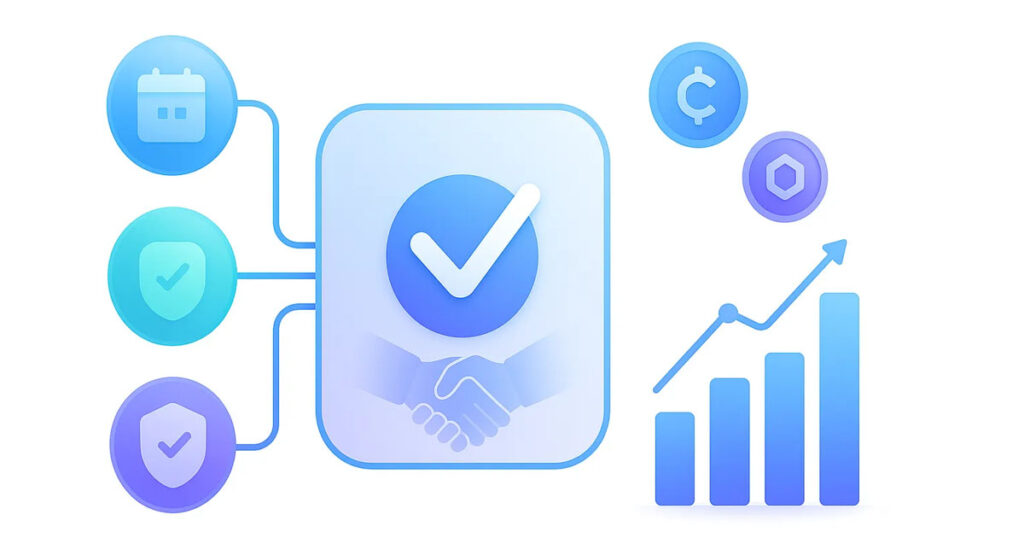
A Practical Playbook for Design, Rollout, and Metrics TL;DR — Start with a small set of high-value workflows. Use serverless primitives to control cost, MCP connectors for system access, and a Human-in-the-Loop (HITL) gate for risky actions. Ship via IaC + CI/CD. Prove safety and UX in a pilot/UAT, then scale. Instrument everything: errors → Jira, approvals/rejections → […]
Stream CDC data with Amazon Redshift streaming, Amazon MSK and Debezium Connector
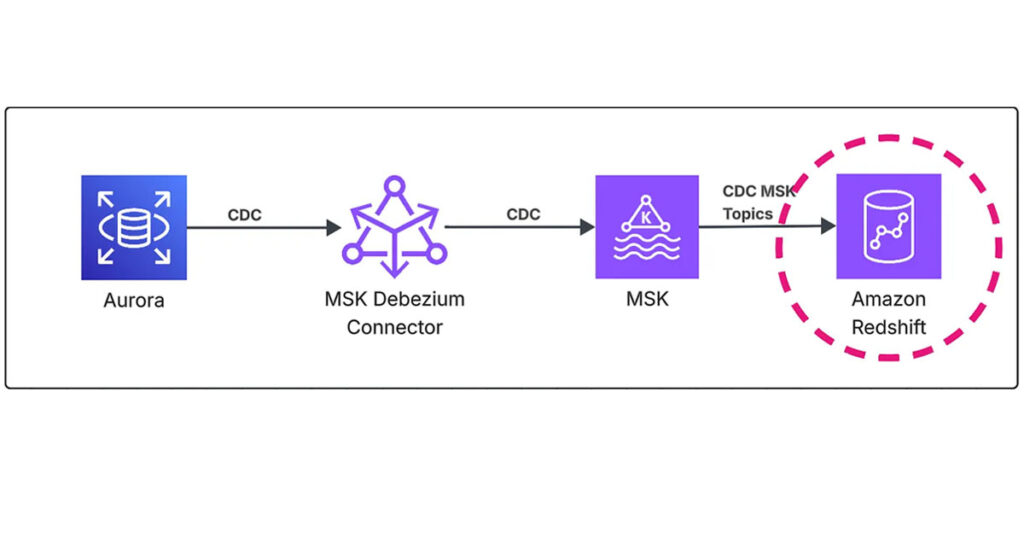
Episode 3: Redshift Serverless Streaming Ingestion Introduction In the previous episodes, I covered the overall architecture design for this project and Debezium connector configuration for our CDC streaming pipeline. Now I’ll complete the series by diving deep into Amazon Redshift Serverless streaming ingestion — the final piece that enables real-time analytics on your CDC data. This episode focuses on the practical […]
